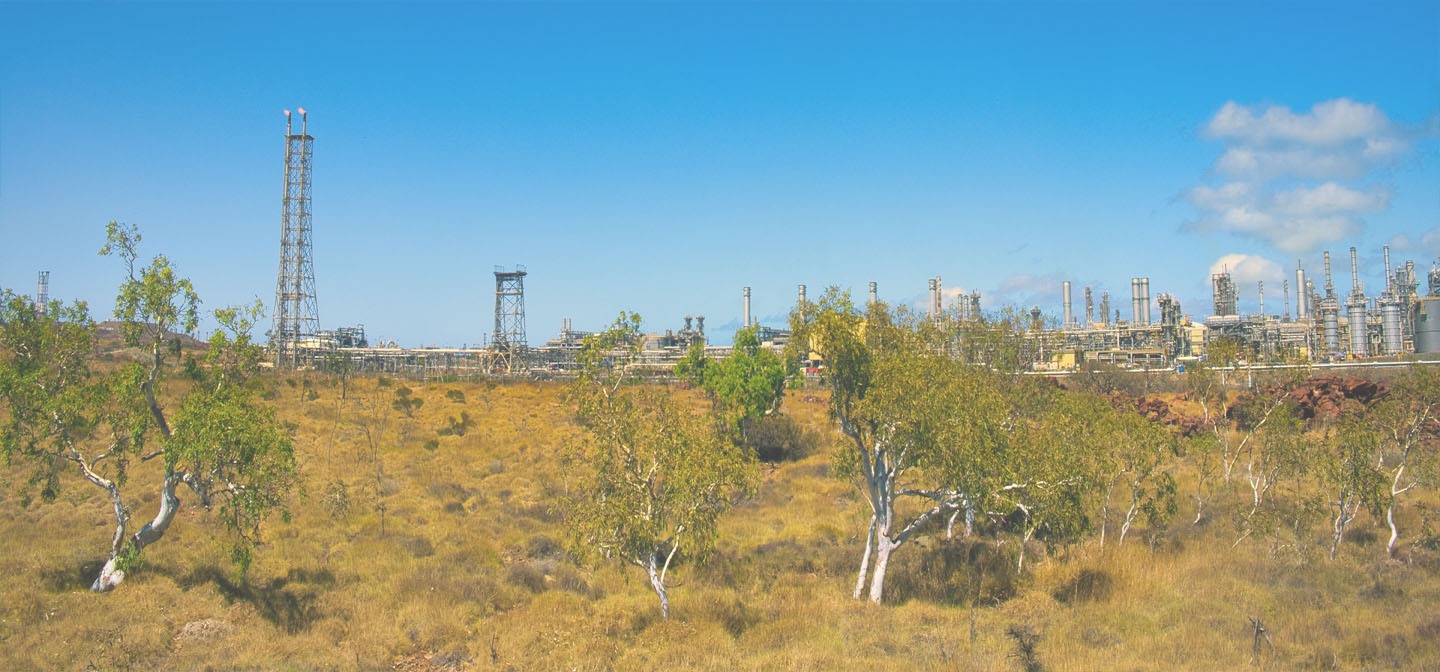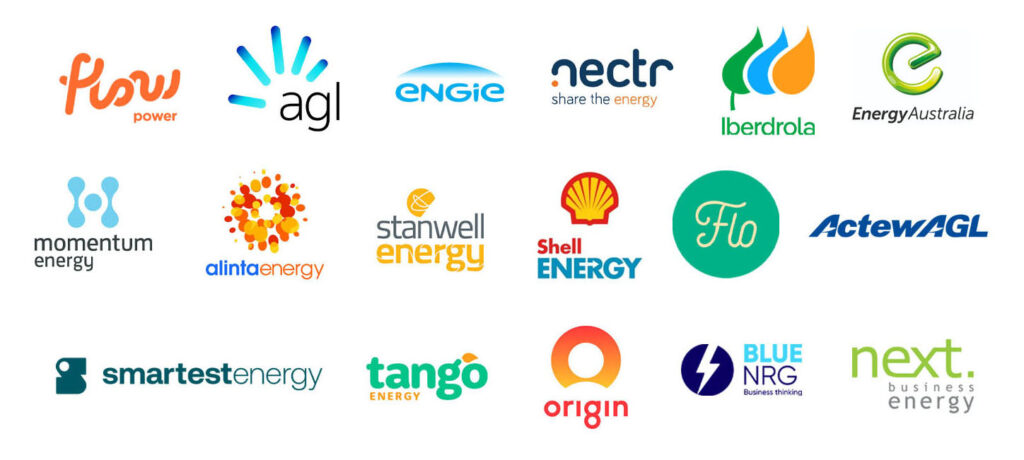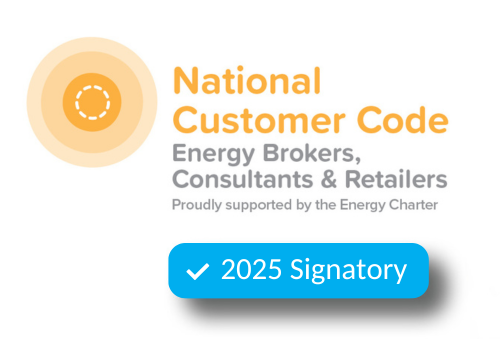
The Federal Government’s Future Gas Strategy has sparked significant debate among stakeholders throughout Australia.
The Future Gas Strategy, a key initiative of the Federal Government, is designed to ensure that gas remains a significant part of Australia’s energy and export sectors beyond 2050, positioning it as a crucial element in the nation’s transition to renewable energy and achieving net zero emissions.
While some support the policy, others argue that it could undermine Australia’s efforts to reduce emissions. They draw comparisons between this approach and the previous government’s ‘gas-led recovery’ plan.
Overview of the Strategy
As Resources Minister Madeleine King outlines, the strategy is guided by six key principles.
These principles include a commitment to achieving net zero emissions by 2050, ensuring the affordability of gas, and the identification and development of new gas fields to meet demand during the transition.
Net Zero Commitment: Australia’s net zero emissions target by 2050 remains, necessitating that gas production must be abated or offset.
Affordability: Future gas rights contracts should prioritise timely development to avoid delays, ensuring gas remains affordable.
Exploration and Development: New gas fields must be identified and developed to meet demand during the transition.
Sector-Specific Gas Use: Gas use will shift towards industries where renewables are not yet feasible while households retain energy source choices.
Market Adaptation: To support energy transformation, gas and electricity markets must evolve.
LNG Exports: Liquefied natural gas (LNG) exports will continue to play a crucial role, and plans are underway to increase the volume sold overseas.
The role of gas in Australia’s energy transition
The government’s stance on gas as an essential component for transitioning to renewable energy is not without merit.
It serves as a reliable and affordable interim solution, a stabiliser for the energy grid, and a necessary component for industries unable to switch to renewable energy sources immediately.
Criticism from Environmental Groups
Environmental and climate groups have largely condemned the strategy, labelling it a step backward in the fight against climate change.
They argue that expanding gas production and exports will increase emissions, contradicting Australia’s climate commitments.
Jennifer Rayner from the Climate Council criticised the policy as a “regressive echo of the past,” highlighting that the strategy aligns more with the previous government’s approach rather than forging a new path.
Political Discontent
The policy has also caused divisions within the Labor Party. Some backbenchers have opposed the expansion of fossil fuel projects, advocating for a more aggressive shift towards low-emission technologies.
Internal critics emphasise the need for public funds to support the transition to a low-emissions economy and faster movement away from fossil fuels.
Industry Support
In contrast, the gas industry and business groups have welcomed the strategy.
Samantha McCulloch, CEO of Australian Energy Producers, praised the clear message that gas remains a critical part of Australia’s energy mix.
The Business Council of Australia echoed this sentiment, highlighting the strategy’s balance between transitioning to net zero, maintaining power supply reliability, and preserving jobs.
The Export Dimension
A significant aspect of the strategy is its emphasis on increasing LNG exports.
Australia’s gas exports, particularly to Japan and Korea, are framed as crucial for regional energy security and economic prosperity.
Critics argue that prioritising exports over domestic climate commitments undermines Australia’s obligations under the Paris Agreement.
Carbon Capture and Storage (CCS)
The strategy leans on the development of carbon capture and storage (CCS) technologies to reconcile gas expansion with emissions reduction.
The government has committed $12 million over three years to support offshore CCS projects, aiming to mitigate the environmental impact of continued gas use.
However, CCS remains contentious, with questions about its scalability and whether it will work or not.
Future Directions and Challenges
Attention now shifts to Climate Change Minister Chris Bowen’s forthcoming decarbonisation plan, which will outline Australia’s strategy for meeting ’its net zero targets while expanding the gas industry.
The critical challenge lies in balancing immediate energy needs with long-term climate commitments, ensuring that economic and environmental goals are not mutually exclusive.
Government’s Commitment to Emissions Reduction
The strategy document acknowledges the need for greenhouse gas emissions associated with gas to decline sharply.
The government emphasises that emissions must be increasingly abated and offset when gas use cannot be reduced.
However, the strategy lacks detailed implementation plans, fuelling critics’ scepticism. Labor’s gas strategy has set the stage for intense debate over Australia’s energy future.
While the government positions gas as a bridge to a renewable future, critics warn that this path risks locking in high emissions and delaying necessary climate action.
As Australia navigates its energy transition, the success of this strategy will depend on the effective integration of new technologies and a steadfast commitment to reducing emissions.
To read the complete Future Gas Strategy document, click here
Consider your business’ future as Australia marches towards fulfilling our Net Zero 2050 commitment
Businesses can produce significantly more emissions compared to residential users. Thus, stakeholders need to start planning their strategies to comply with the country’s Net Zero 2050 obligations. But is there a way to reduce commercial and industrial-level emissions without disrupting your operations or negatively impacting your bottom line?
This is a question that the Leading Edge Energy team hopes to help you answer.
Start with an obligation-free consultation by calling us at 1300-852-770 or sending us an email at info@leadingedgeenergy.com.au and we’ll analyse your site’s or sites’ energy consumption and costs and assist you in finding the best solution for your business.
As your people in power, it’s our business to ensure that your business meets its energy goals.
We source, analyse, compare and rank commercial, industrial and multisite energy quotes. Obligation Free.
Chat with one of our experienced consultants today and get the insights your business needs to help manage the risks associated with volatile electricity and natural gas markets. Our energy procurement service is obligation-free and provides a time-saving way of securing lower energy rates from our panel of energy retailers.

Get advice from our Energy Management Consultants

Krystle Will
Energy Management Consultant
Get in Touch
Feel free to call or e-mail us. Or just fill in the form below and we’ll contact you for an obligation-free discussion.
Are you ready to save on business energy costs?
Get Started
Leading Edge Energy is proud to be a signatory of the National Customer Code for Energy Brokers, Consultants and Retailers.